Reliable shelter. Protection systems for armored vehicles and their crews
The Altay MBO of the Turkish company Otokar has advanced protection, including DZ units; it is expected that serial machines will be equipped with KAZ Akkor developed by Aselsan
Recent conflicts have shown that there is a shift in emphasis on the combat stability of the machines, now the platforms are required to survive with explosions on IEDs and missile strikes. While the usual solutions are made of heavy armor steel, other solutions appear that provide enhanced protection with less weight.
In a broad sense, the three key properties of a combat armored vehicle (BBM) are protection, mobility and fire power. The nature of hostilities in modern conflict zones, including Iraq and Afghanistan, sets the agenda, bringing protection to the fore in order to increase the survival of crews. However, there are clear boundaries of how much additional armor can be “hung” on the platform before it has a significant impact on mobility and deployability.
Traditionally, BBM hulls and turrets were made, as a rule, of armor steel or aluminum, with manufacturers aiming to use materials with the highest characteristics, including armor penetration, in order to increase the level of machine durability. For example, one of the leading specialists in this field, the Swedish company SSAB, is constantly improving its Armox steel family, offering a wide range of steel grades with different mechanical properties to armor manufacturers.
Becoming more creative
On the main battle Tanks previous generations, such as Leopard 1 from Krauss-Maffei and the Russian T-54 / T-55 / T-62, cast towers made of armored steel were installed, and the hull was either all-welded or consisted of sections cast from armored steel and welded together. Modern tanks have all-welded steel hulls and towers with higher levels of frontal projection protection, since, as a rule, the main threat comes from this direction.
In modern MBT, the hull and turret armor has a multi-layered structure and, for obvious reasons, its composition and characteristics are carefully guarded secrets. In this case there is a continuous improvement of the materials used. For example, the British tank Challenger 1 from the Cold War era used multilayer armor Chobham, while the next generation of the Dorchester armor complex was integrated into the next-generation Challenger 2 tank.
The American M1 Abrams developed by General Dynamics Land Systems (GDLS) has advanced armor integrated into the hull and turret, whereas later machines, at least supplied by the American army, use depleted uranium armor. The main armor of this tank can be supplemented with the XM-19 Abrams Reactive Armor Tile dynamic protection system, the blocks of which are installed on the turret and the hull.
From the bottom of the armor can also expect various troubles. When a heavy BBM hits an anti-tank mine, as a rule, the caterpillar or suspension is damaged, the vehicle loses its mobility, but the crew survives. A more advanced anti-tank mine, activated by the sensor, can explode under the bottom and pierce the hull, causing loss of the crew and the entire vehicle.
The probability of death increases many times when laying ammunition on unprotected racks in the lower part of the body. In this regard, in many recent modernization programs, emphasis was placed on improving the efficiency of bottom protection. Improvement and survivability also contributes to the refinement and transfer of fuel tanks from the hull. In addition, almost all new serial BBMs are equipped with diesel engines, which increase the power reserve and fuel economy of the platform, as well as reduce the risk of fire.
In old M113 tracked armored personnel carriers, for example, the fuel tank is placed in the rear troop compartment. On the modernized BTR M113 it was removed and the fuel is now transported in two protected tanks installed outside the sides of the stern ramp.
Despite the "dominance" of steel and aluminum for the BBM protection systems, new composite materials are being actively developed; as an example, the British company Qinetiq and the American branch of the British BAE Systems. Such materials can be used as an anti-splitting podboy inside the machine, as well as to protect some light BBMs. For example, at one time, NP (now Morgan Advanced Materials) developed a similar material to protect the Snatch Land Rover armored car (photo below), which was used in Northern Ireland.
Protection, she and in Africa protection
Due to the increased level of protection of the crew from anti-personnel mines, MRAP (Mine Resistant Ambush Protected - with enhanced protection from mines and improvised explosive devices) have been widely used in the last decade. This idea originated in the minds of the white champions of apartheid, in the 70 and 80 of the last century, who fought in Angola, the former Rhodesia and the Republic of South Africa with its dark-skinned opponents. A typical platform has a V-shaped hull with wheels extending beyond the boundaries of the armor; Thanks to this design, in the event of a mine explosion, the blast wave is directed up and to the side of the hull.
Although under suspension the suspension is often damaged, it can often be repaired in the field. The first MRAP cars had an open top and were often based on commercial chassis, but the latest models, as a rule, have a fully enclosed bearing all-welded housing. In recent years, vehicles of this category have been purchased in significant quantities for combat zones, where disguised improvised explosive devices (IEDs) were very common.
When carrying out counter-insurgency operations, an enemy attack on a machine can occur from any direction with the use of weapons of various types, for example, opponents can use small arms weapon, reactive anti-tank grenade launchers, anti-tank mines, IEDs, and in some areas of conflict even ATGM.
Rocket grenades and anti-tank missiles of previous generations have a single anti-tank cumulative warhead. However, the latest generation can be equipped with a tandem warhead, the first neutralizes the dynamic protection, after which the second larger charge breaks through the main armor. In modern BBM, in most cases, advanced armor closes the frontal projection, while the rear projection of the hull and turret is often closed with lattice screens, the task of which is to neutralize the cumulative warheads before they hit the main armor.
Lattice protection, however, has the efficiency of the order of the entire 60-70%, and at the same time increases the size and weight of the platform, which in turn limits its maneuverability in populated areas. As a lighter solution, the British army equipped its machines with Tarian Mk1 mesh screens developed by AmSafe Bridport, including the cabins of its heavy transporters Oshkosh Heavy Equipment Transporter. Its concept is similar to the concept of lattice screens, rocket grenades are neutralized before they reach the main armor.
According to the results of the competition, the Danish Department of Defense Procurement chose the Tarian RGP net protection system to be installed not only on their BBM, but also on some protected support vehicles. Qinetiq North America has also supplied a large number of its RPGNet (Q-Net) mesh screens systems to US forces and a number of foreign customers, including the French army, which installed them on some of their VBCI 8x8 machines involved in foreign operations.
Indonesia received Leopard 2RI tanks, upgraded by Rheinmetall Landsysteme; New blocks of passive protection of frontal projection of the hull and tower are clearly visible.
For the existing BBM, a huge number of sets and modernization packages of any level of “advancement” and for any tasks have been developed. It is worth mentioning, in particular, a set of additional equipment and reservations for the Abrams tank, increasing its combat capabilities in urban environments, designated TUSK (Tank Urban Survival Kit), and similar to the intended set for the Bradley BMP. The TUSK kit, for example, includes bottom bookings, DZ units along the sides, a phone for contacting infantry in the stern, protective guards for the commander and loader, a remotely controlled thermal sight for the commander, an improved driver viewing device and a machine gun mounted on 120-mm M256 guns to fight snipers and material objects.
Although, as a rule, similar upgrades are carried out by leading manufacturers, other contractors can also develop and supply similar kits. First of all, it is worth mentioning the German company IBD Deisenroth Engineering - a well-known supplier of solutions in the field of protection and survivability. The company BAE Systems Land (UK) has modernized and continues to modernize its armored vehicles for the British army, a significant contribution here is made by Babcock (formerly Defense Support Group).
Dynamic protection was originally developed in Germany and Russia; the latter installs it on many of its tanks, whose hulls and turrets are already equipped with advanced armor sets. The first generation DZ provided protection only against low-speed cumulative ammunition, but the latest generation DZ provides protection against high-speed armor-piercing sabot projectiles.
The Chinese concern North Industries Corporation (NORINCO) has developed a complete family of DZ systems under the designations FY-I, FY-II, FY-III and FY-IV; the latter is the hardest, but it provides the highest level of protection, including protection against tandem cumulative threats.
DZ systems were installed on some MBTs of the Chinese army, and were also exported as part of sets for the modernization of obsolete tanks. In addition, they are installed on some of the more modern Chinese BBM, including the VN12 BMP.
The Israeli armed forces are installing the Blazer DZ system on many of their platforms, including the upgraded M48 / M60 MBT and the widespread M113 APCs, but are currently moving to more advanced passive booking solutions. In addition to the delivery of a DM in the Israeli army, Rafael Advanced Defense Systems delivered its solutions to many countries, including Germany, Italy, Poland, the United Kingdom and the United States (through the General Dynamics Ordnance and Tactical Systems).
In Turkey, Nurol has supplied a large number of passive protection systems for local and overseas markets, with the local firm FNSS being the main customer. The Turkish company Roketsan, the developer and manufacturer of rocket weapons, also has extensive experience in the creation of combat units and uses it to develop passive reservation / remote booking kits for the Altay tank.
The Swiss company RUAG Defense has developed a full line of solutions, having received large export contracts, including the supply of armor to protect the bottom of the German BMP Puma. It also produces survivability kits for a number of BBMs, including the widespread Leopard 2 tank.
Reduced unmasking signs
The survivability of the machine is not limited to only protection kits, the life of the crew is very much dependent on the acoustic and visual signs of unmasking (signatures). Tracked armored vehicles traditionally represent a very noisy platform, especially large contribution is made by exhaust systems and tracks. In this regard, a lot of work is constantly being done to reduce their acoustic signatures.
One of the ways is to replace traditional steel tracks with composite rubber caterpillar bands. According to Soucy International, one of the leaders in the development and production of rubber tracks, users get a number of significant advantages in this case. Rubber tracks are twice as lighter than steel, while noise is reduced by 15 dB, vibration by 70%, rolling resistance is reduced, which in turn leads to a decrease in fuel consumption.
Norway has equipped its new BMP CV9030 manufactured by BAE Systems Hagglunds along with the M113 armored personnel carriers with rubber tracks from Soucy. The Dutch Army also transfers its CV90 fleet to rubber tracks. In addition, this Canadian company is testing its solutions on old Leopard 1 tanks for 42-45 tonnes vehicles and on a Warrior BMP for 35-38 tonnes vehicles.
Thermal signatures of the platform can also be reduced by special coloring or installation of a camouflage net, for example, the rather well-known Barracuda system from the Swedish company Saab. It also helps to reduce the temperature inside the car and increase crew comfort, especially in hot climates.
Hazard detection
While airplanes and helicopters have been equipped with self-defense systems for many years, ground equipment in this regard has lagged far behind. Currently, the situation is changing, since the BBM is equipped with instruments that warn the crew that the car is illuminated by a laser beam of a rangefinder or target designator. This allows the crew to take protective measures in advance and move to a safe place.
Sensors warning of laser irradiation can be connected with the launchers of the installation of smoke screens in order for the machine to quickly leave the dangerous place. Last year, the French company Lacroix announced that it was developing additional capabilities for its Gaiix self-defense system, including the possible integration of such warning systems. This configuration allows you to quickly deploy launchers with smoke grenades in the direction of the threat.
The next step in platform protection is a fully integrated active defense system that not only detects an attacking threat, but also neutralizes it before it reaches the platform. The Israeli army has considerable experience in fighting in the Middle East, which was taken into account when developing two active defense complexes (KA3): the Rafael Trophy family and the Israel Military Industries Iron Fist.
The KA3 Trophy Heavy is currently installed on the Merkava Mk 3 and Mk 4 tanks of three brigades, and since 2016 has been installed on Namer heavy armored personnel carriers. The complex provides a full range of protection and tested in many combat operations of the Israeli army.
At a conference in London, the International Armored Vehicle, a spokesman for Rafael, said that KAZ Trophy had already worked 500 thousands of hours and “saved many lives”.
After several months of “defining parameters”, the US Army announced at the end of 2017 of the year that it would purchase the Trophy system for at least one armored brigade equipped with M1А2 Abrams tanks with a planned deployment no later than 2020 of the year. The head of the program for the protection of ground platforms reported that the tests showed that this complex is less dangerous for dismounted infantry than the DM systems.
The US Army is also in the process of determining the parameters (including real-world tests) of the Iron Fist complex on the Bradley BMP and the Iron Curtain complex from the American company Artis on the Stryker 8x8 armored vehicle. Despite the statements made at AUSA 2017 that the technological sophistication of these two systems "may not be as high as advertised", the Iron Fist complex is also being tested on Dutch CV90 machines. BAE Systems showed a similar configuration at DSEI 2017 in London.
The Russian MBT T-90 not only has an advanced booking kit, but also is equipped with the Shtora-1 COEP
Global goals
The German company ADS, part of the Rheinmetall Group, also developed a protection system which, according to its representative, “is produced for an unnamed overseas customer from Southeast Asia.” She seeks to test her ADS-3 technology in the US Army, especially on platforms such as Bradley and Stryker; The discussion is going on in a “positive” way, and recently in Germany, the official representatives of the American army were shown this system. The Turkish company Aselsan is developing the KAZ Akkor, which is expected to be installed on the Altay MBT when production for the Turkish army finally begins. The company also collaborates with the Ukrainian Microtech (part of the Ukroboronprom) as part of the installation of the KAZ Zaslon on the Turkish MBT MHNUMXT. These tanks have recently been upgraded with warning systems for laser irradiation and cameras that provide all-round visibility. Reportedly, the first M60T tanks with new complexes may be ready in the first quarter of this year, although it remains only to speculate on this point.
The first Russian active defense complex 1030М “Drozd” developed by the Tula KBP was installed on a number of T-55 series tanks, designated as T-55AD. However, this complex, which covered only the frontal projection, was not deployed in large quantities. Then the next option was developed, “Drozd-2”, which closed in azimuth 360 ° and in elevation from -6 ° to + 20 °, but as far as is known its mass production has not begun.
The engineering design bureau (KBM) developed the Arena KAZ, which was installed on a number of platforms, including the T-72 and T-80 and BMP-3 tanks. However, and this time he was not adopted by the Russian army. Recently, the company introduced a more compact export version of the Arena-E complex, installing it on the T-72 tank.
The Armata’s newest Russian T-14 tank is distinguished by advanced passive armor and KAZ Afganit, which, like the Israeli Trophy, detects and launches protective ammunition to neutralize the attacking threat before it hits the platform. According to unverified data, similar complexes are installed on heavy BMP T-15, tracked BMP Kurganets-25 and wheeled BMP Boomerang.
In August, 2017 of the year, China revealed the development of the GL5 active protection system and demonstrated it on the second Armored Vehicle Day in the Chinese city of Bauta. This system, by its general concept, is rather similar to the Soviet KAZ “Drozd” and the new Russian KAZ “Afghan”. It consists of four radar stations (mounted on corners of the hull or tower of the tank) and four fixed “masts” installed either on the roof of the tower or on its sides. On each mast three trunks with protective charges mounted at different angles are fixed. This allows KAZ to provide all-round protection for the tank, while it is worth noting that the GL5 complex is not capable of shooting down the missiles attacking from above, its protective charges cover the sector of the entire 20 ° in angle of place. The system is controlled from a single control panel installed in the tower.
In addition to KAZ, there is also another type of self-defense systems - in Russian terminology, optoelectronic suppression complexes (CEP), the purpose of which is to disorient or jam certain types of controlled ammunition. Among them, the Russian complex "Shtora-1", installed on the Russian MBT T-80 and T-90.
The French army installed the Eirel infrared systems developed by SAGEM (now SAFRAN) on some of its AMX-10RC and Sagaie armored vehicles to participate in operations in the Middle East.
All new Puma German Army BMPs are equipped with HESoldt's MESS-based CEEP MUSS, which includes four sensor heads warning of a rocket attack and laser irradiation, and a jamming unit installed above the commander’s panoramic sight. The British Laboratory of Defense Science and Technology conducts an assessment of the MUSS complex with the aim of installing it on a Challenger 2 tank for testing.
Currently, more and more armored vehicles are equipped with acoustic detectors, which for the most part perform the detection of the source of fire of small arms, and in some cases other types of ammunition. If the machine is equipped with an armament module, the speaker system can give a signal to turn the weapon at the source of the shot, after which the operator can open fire.
The French company Metravib has installed its Pilar shot detection system in many countries. It will also be installed on the new French platforms Jaguar and Griffon. In March, the British Ministry of Defense announced that Thales UK was awarded a contract to supply Acusonic shot detection systems for the new Ajax armored vehicle. A total of 735 systems will be purchased (three sensors per machine) for the total amount of 5,2 million dollars. Other companies, such as Raytheon BBN Technologies and Rheinmetall Defense Electronics, also produce acoustic shot detection systems.
The British army received the upgraded company BAE Systems armored Scimitar 2, which are characterized by a new higher aluminum alloy hull with the original turret
Take a seat
The survivability of the crew can also be improved by new technologies for accommodating the crew and the landing. Traditionally, military personnel onboard the OBT and the BMP / BTR relied on simple seats with one seat belt. Recent military operations have shown that they do not save when undermined and only contribute to various injuries. Modern BBMs are currently equipped with specialized seats, fixed to the walls / ceiling with five-point seat belts and footboards so that the legs of those sitting are not in contact with the floor.
Personal weapons, which the paratrooper had previously kept with him, are currently being installed in special racks, in which they are firmly fixed. In the troop compartment to accommodate various items there are lockable compartments, clamps, holders and other devices that hold them when they are blown up; otherwise, flying inside the car can cause serious injuries.
In order to increase the level of survivability, the troop compartment is often equipped with an anti-splinter underlay. Many machines are also equipped with fire detection systems that instantly activate and activate the fire suppression system.
Some MBTs, for example, М1А1 / М1А2 Abrams, have expelling panels on the roof of the tower, which, when the ammunition is ignited, send a blast wave away from the habitable compartment.
Although there have been significant improvements in the field of survivability of BBM due to the development and installation of new booking kits and active protection systems, not a single platform will provide the crew with one hundred percent protection. The rapidly changing threats mean that the battle between the anti-tank weapons and the platform itself will continue as before.
Materials used:
www.shephardmedia.com
www.gdls.com
www.baesystems.com
www.saabgroup.com
www.otokar.com.tr
amsafebridport.com
www.rheinmetall-defence.com
metravib.acoemgroup.com
www.wikipedia.org
en.wikipedia.org
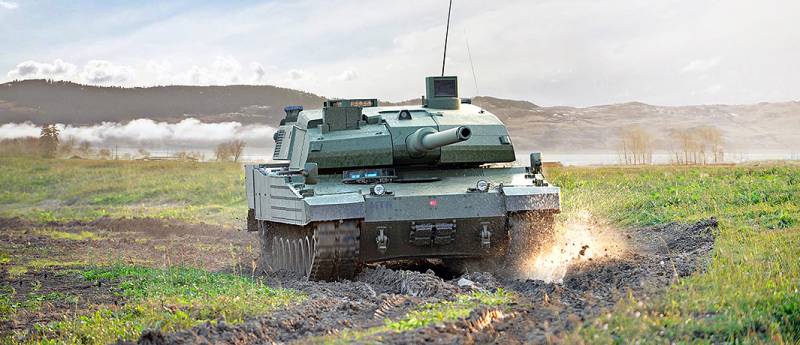
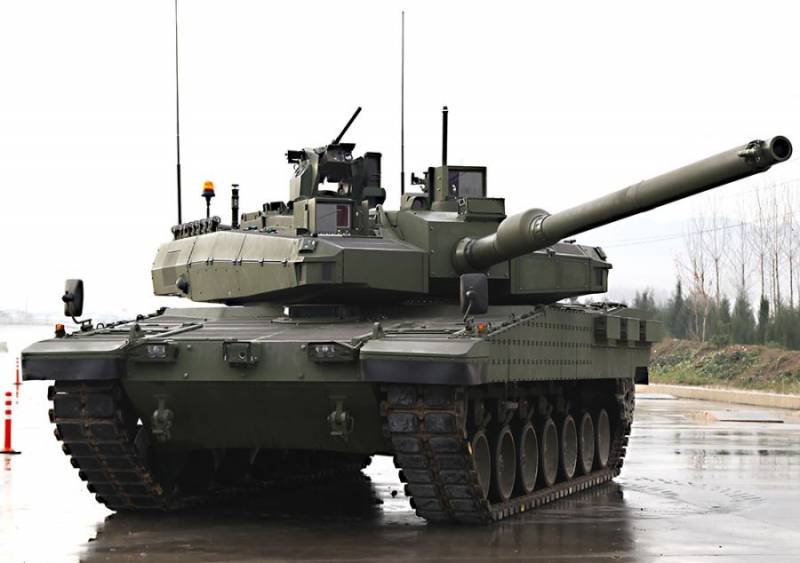
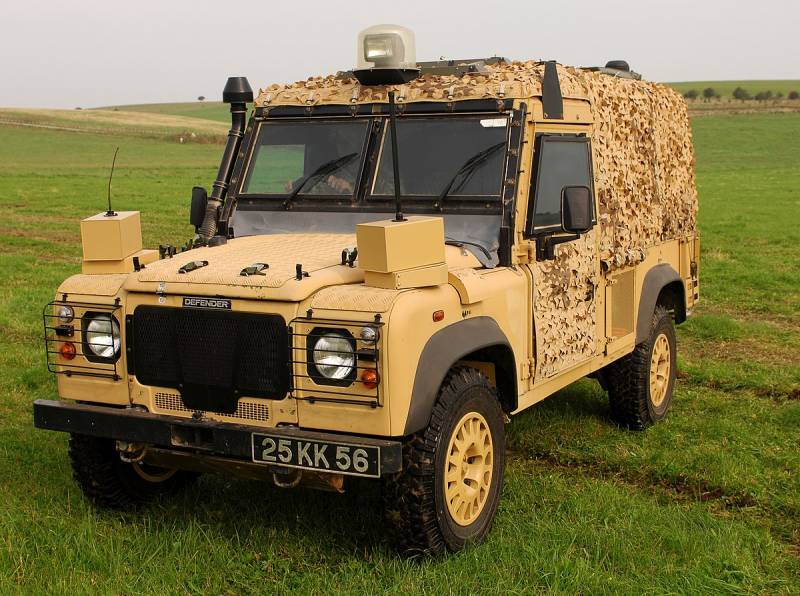
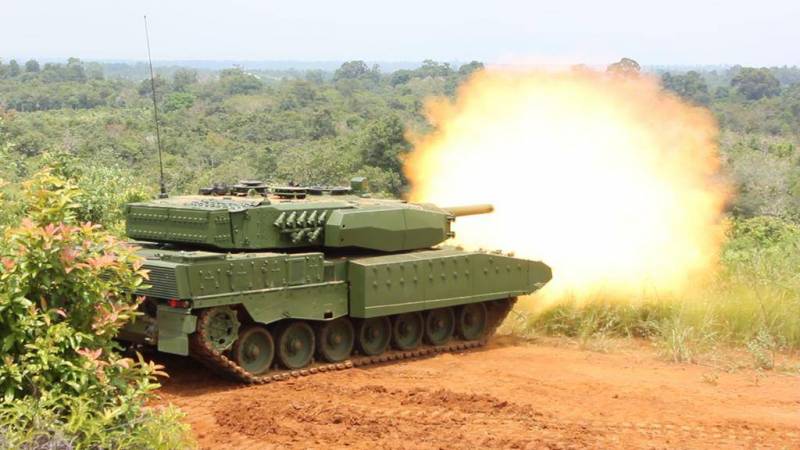
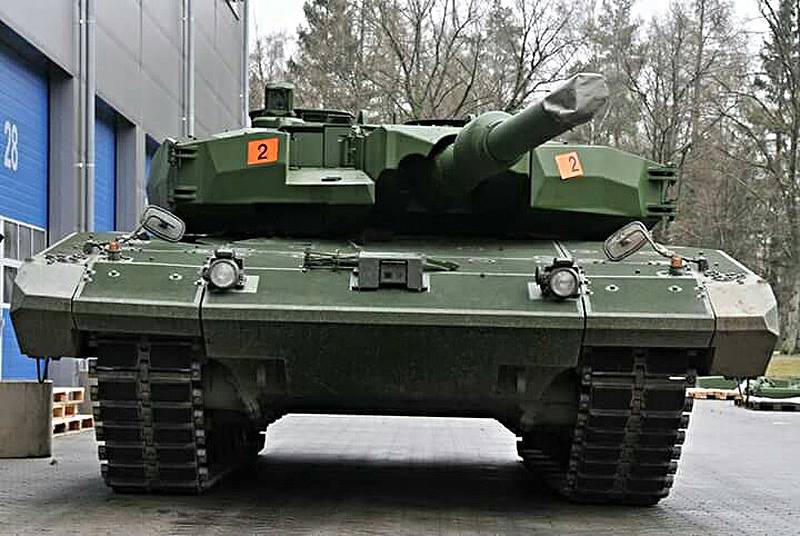
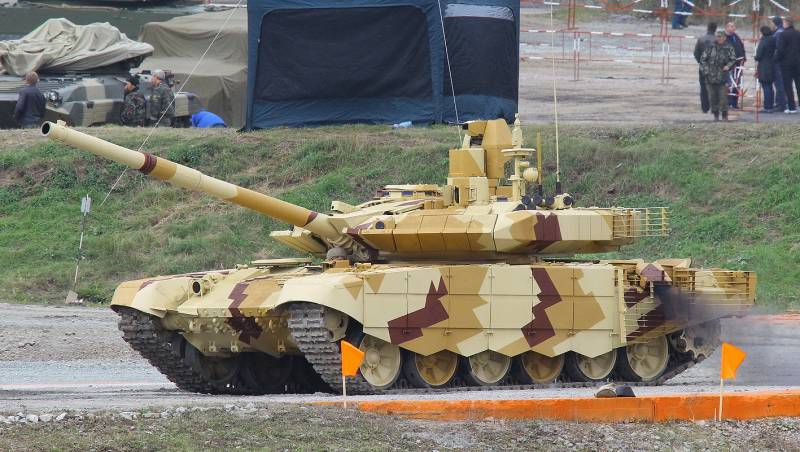
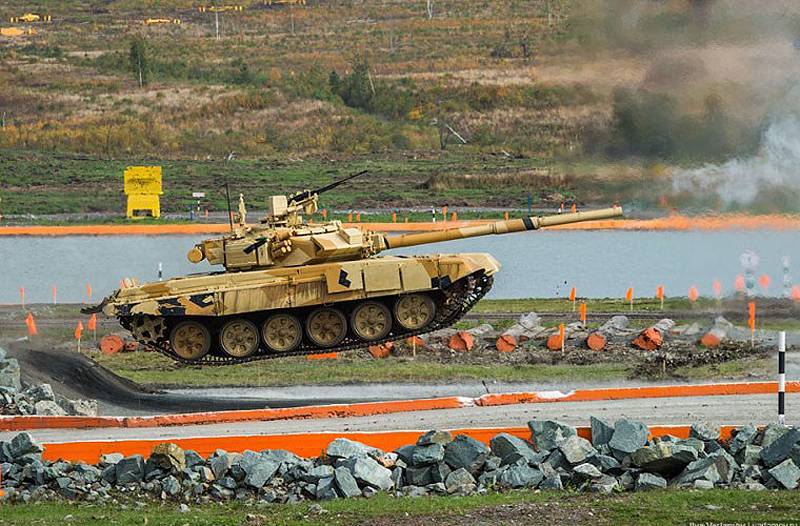
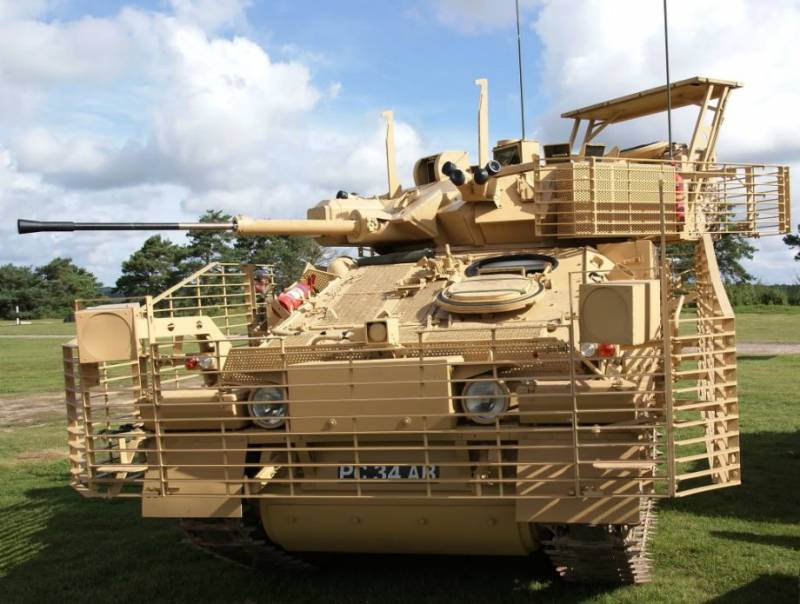
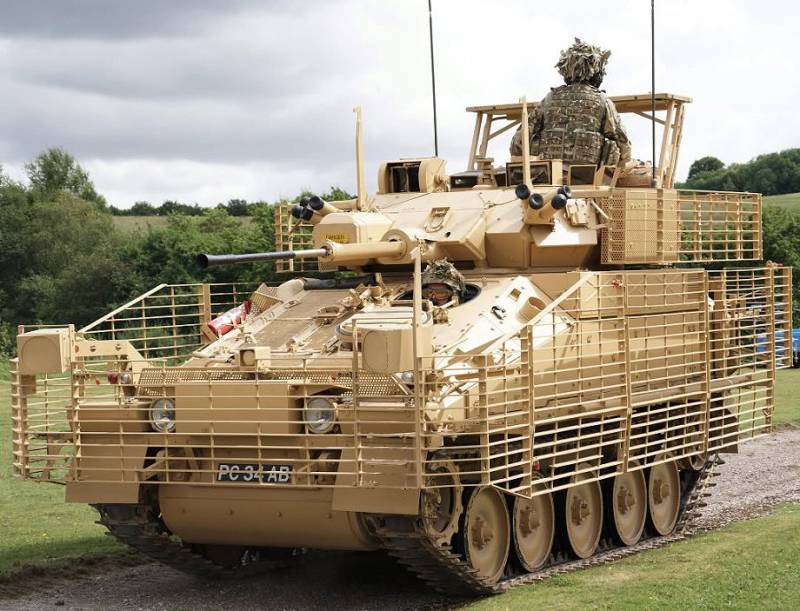
Information